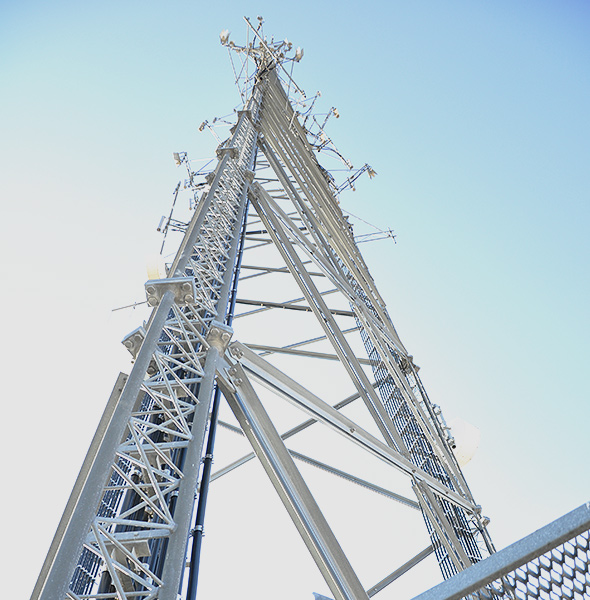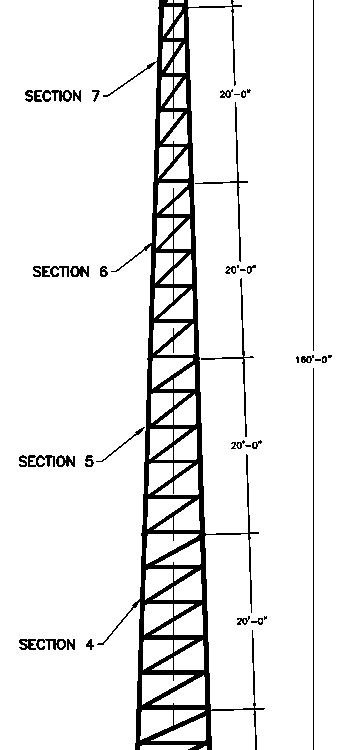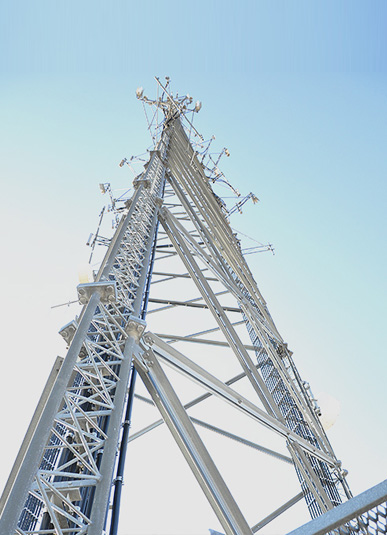Self-support Tower
- All
- Angel Communication Tower
- Camouflaged Tower,camouflaged cell towers,camouflaged mobile tower
- Chimney Tower
- Communication Tower
- Company News
- Electric Transmission Line Tower
- Ground Telecommunication Tower
- Guyed Tower
- Industrial News
- Inspection Record
- Integrated Tower Site,Portable Telecom Tower Site
- Lattice Steel Tower
- Microwave Steel Tower
- Monitoring Tower, Structure Steel Monitor Tower, Lattice Monitor Tower
- Monopole Tower
- News
- Projects
- Protection
- Self-support Tower
- solar panel bracket,Solar Photovoltaic Breaket
- Steel grade and material
- Steel Tower Corrosion Protection
- Street Pole
- Technical News
- Technical Specifications
- Transmission Line Video
- Transmission Steel Pole
- Tubular Communication Tower
July 7, 2024
Difference Between Self-Supporting and Guyed Towers Towers are critical structures used for a variety of applications, including telecommunications, broadcasting, and wind energy. Two common types of […]
December 2, 2018
Guyed Towers are lightweight to heavyweight towers supported by guy wires and are designed with the ability to carry light to heavy antenna loads. The tower […]
October 6, 2018
Self-supporting tower usually is 3-leg of 4-leg tower, and its material is steel pipe or angle steel. As for the connection, tubular tower is connected by […]
July 19, 2018
Wind measurement tower consists of tower base (1), tower (2), crossbar, diagonal rod (3), anemometer bracket (4), lightning rod and cable for observation of near-surface air […]
June 20, 2018
According to ANSI/EIA-222-F 1996 90 mph/78 mph + 1/2″ radial ice w/ (3 second gust) per OBC AND 旧C CaAa Rat Plate Area Weight Elevation No […]
June 20, 2018
The height of structure shall be 30 m. The self-supporting tower shall be 4-legged Angular section type. The complete tower (legs, web members, base stubs etc) […]
May 10, 2018
Self-supporting towers, sometimes referred to as “free standing antenna towers” or “wireless communication towers” are the most popular and versatile type of structure used today in […]
April 1, 2018
B1.5.3 Sizing of Tower Members Member and member connection design sizing shall be performed in accordance with the latest issue of Guide for Design of […]
March 20, 2018
Self-supporting towers, sometimes referred to as “free standing antenna towers” or “wireless communication towers” are the most popular and versatile type of structure used today in […]
March 15, 2018
Self-Supporting Towers are appropriate for nearly all wireless communication applications. Self-Supporting Towers are typically three or four sided lattice type structures made from solid rod, pipe, […]
February 2, 2018
Self Supporting Tower (SST) or Lattice Tower Lattice tower or usually called as a self support tower (SST) has stem pattern tower which is compiled and […]
January 31, 2018
Self-Supporting Towers are appropriate for nearly all wireless communication applications. Self-Supporting Towers are typically three or four sided lattice type structures made from solid rod, pipe, […]











